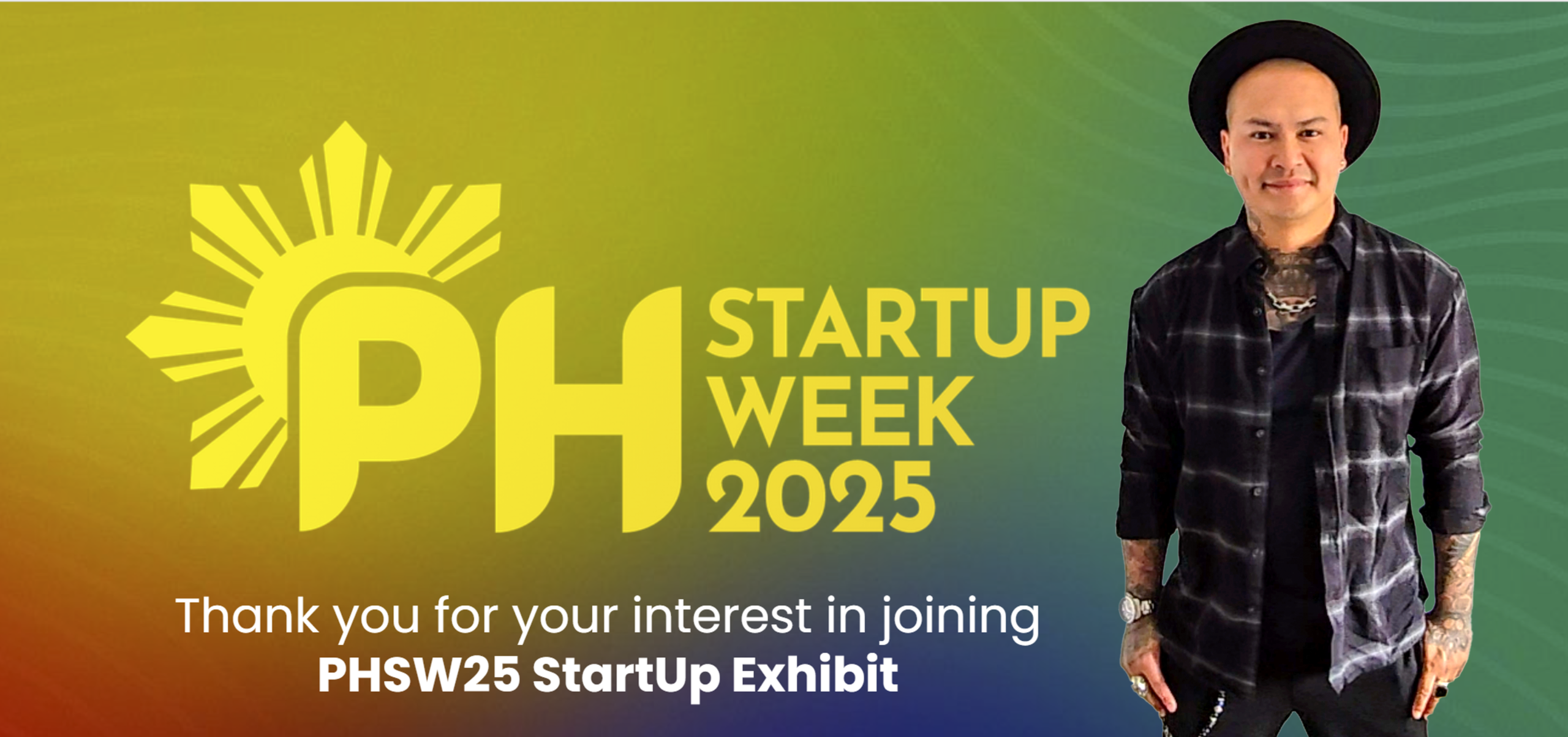Business process mapping isn’t just about boxes, arrows or fancy diagrams.
It’s about people.
And if you’re not involving the right people in the right way, your process maps won’t reflect the real work being done.
That means your improvements won’t stick, your systems won’t land properly, and your teams won’t trust what’s being changed.
Let’s walk through why stakeholder engagement is the foundation of strong process mapping and how to do it well.
👥 People Own the Process
Every process starts with someone doing a task.
That person is your stakeholder.
They know what actually happens.
Not what’s written in a manual.
Not what the system should do.
But what’s really happening.
Without their input, you’ll map what’s meant to happen—not what does.
And when your “To-Be” process gets built on that shaky foundation, it falls apart in testing or fails in go-live.
📌 Stakeholders Are Not Optional
If you’re mapping a process and haven’t spoken to:
- The person who does the task
- The person who approves it
- The person who’s affected by it
Then you’re missing key perspectives.
Good stakeholder engagement in process mapping means:
- Identifying all the key roles involved
- Making time to talk to each one
- Listening without bias
- Validating what you hear
You don’t need a 10-person workshop every time.
Sometimes 1:1 interviews or shadowing work better.
But the golden rule?
Never assume.
🛠️ How Stakeholder Engagement Improves Mapping
Here’s what you get when you bring people into the process:
✅ Real-world steps, including the workarounds and hacks they use
✅ Risks, delays or blockers they deal with daily
✅ Data you need to show where time or effort is being wasted
✅ Buy-in from people who feel heard and involved
✅ Trust when it comes time to change things
It also means your process map becomes a shared artifact—not a document from “head office” that no one reads.
💡 Stakeholders Know the Gaps
Process mapping is also a great way to uncover problems that haven’t been formally raised.
- That email that always gets missed
- That form someone has to fill out twice
- That system that crashes every third Thursday
These aren’t things you’ll find on your own.
But your stakeholders know them.
So involve them early.
You’ll save time fixing things before they snowball into bigger issues.
🧭 Running Process Mapping Sessions with Stakeholders
Here’s a simple framework for running a stakeholder-friendly mapping session:
- Start with outcomes
What’s the purpose of the process? What triggers it? What does “done” look like? - Map the high level first
Don’t get stuck in the weeds. Do a Level 0 or Level 1 first, then go deeper. - Ask simple questions
What happens next? Who does it? What system is used? Where does this break down? - Capture variations
Don’t just map the happy path. Capture exceptions or alternate flows too. - Keep it visual
Use a whiteboard, Miro, Lucidchart—whatever helps people see the process. - Validate later
Always send the map back to participants to confirm you got it right.
🎯 Make Stakeholders Feel Valued
If you want good engagement, be a good facilitator.
That means:
- Listening more than you speak
- Asking clear questions
- Not making assumptions
- Respecting their time
- Following up with useful outcomes
People engage more when they feel heard.
And you get better data, better maps, and better outcomes.
🔄 Stakeholder Engagement Builds Change Readiness
When people are part of the mapping, they become part of the change.
They’re more likely to:
- Understand the reason for the change
- Spot potential risks or missing steps
- Support the new process when it’s rolled out
- Help train or onboard others
It also makes your job easier.
Less resistance. More momentum.
And fewer surprises during testing or go-live.
🧩 Final Word
Good process mapping is good stakeholder engagement.
If you treat mapping like a solo activity, you’ll miss the insight, buy-in and accuracy that makes it valuable.
But if you treat it like a shared exercise—with the people who actually use the process—you get a more complete, accurate and accepted version of how things work.
And that makes every future change smoother.






